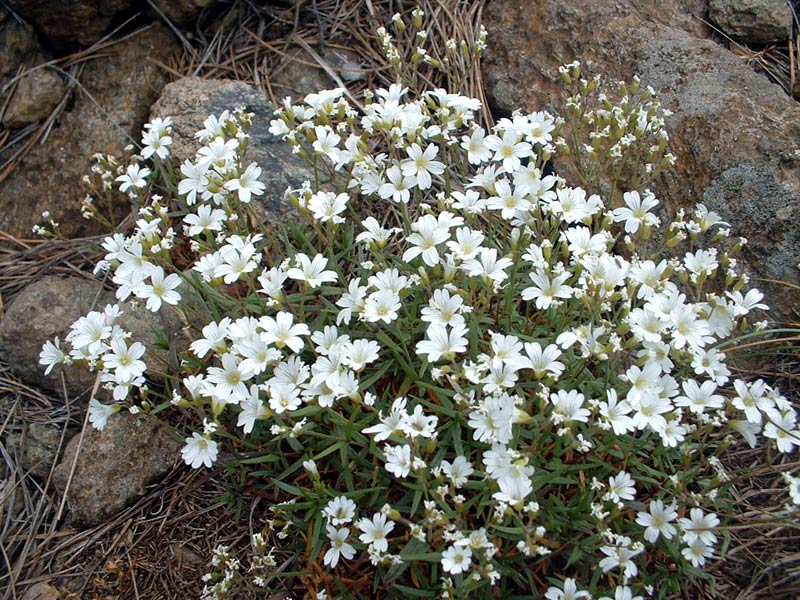Protected Area
Identity Card
- Capanne di Marcarolo Regional Park:
- Land Surface Area: 8'215.69 ha
- Regions: Piemonte
- Provinces: Alessandria
- Municipalities: Bosio, Casaleggio Boiro, Lerma, Mornese, Tagliolo Monferrato, Voltaggio
- Establishment Measures: LR 52 31/08/1979 - LR 13 23/01/89
- PA Official List: EUAP0219
- Park Authority: Ente di gestione delle Aree protette Appennino piemontese
- Further managed Protected Areas:
- Parco Naturale dell'Alta Val Borbera
- Riserva Naturale del Neirone
- SIC Calanchi di Rigoroso, Sottovalle e Carrosio
- ZPS Dorsale Monte Ebro - Monte Chiappo
- ZSC Bacino del Rio Miseria
- ZSC Langhe di Spigno Monferrato
- ZSC Massiccio dell'Antola, M.te Carmo, M.te Legna
- ZSC Strette della Val Borbera
- ZSC e ZPS Capanne di Marcarolo
Nature
The area is situated at average altitudes over the 700 m and between
the 335m of Lake of Lavagnina and the 1,170m of Monte della Figne.
The environment is mainly characterized by herbaceous and shrubby
vegetation with frequent outcrops of micropeatbogs. At the northern
edges of the Park, it is possible to see old chestnut tree
cultivations, while recently the reforestation with maritime pines has
taken place, since during the centuries large surfaces of wood were cut
to supply wood for the shipyards of the Maritime Republic of Genova.
After the reforestation, in these areas a new ornithological species has appeared: the Crested Tit and the Crossbill.
Buzzards, Kestrels, Goshawks, Short-toed Eagles, Sparrowhawks, and Tawny owls can also be sighted.
The Park Wildlife
A walk under the rain is the only way to see the beautiful Spectacled Salamander (Salamandra salamandra), the Common Toad (Bufo bufo), the European Common Frog (Rana temporaria) and the two newts present in the Park, the Alpine Newt (Triturus alpestris), and the Crested Newt (Triturus cristatus).
In the several abandoned mines it is possible to find the Italian Cave Salamander (Hydromantes italicus), with exclusively hypogeal habits.
Further information (Italian text)
The Park Flora
The territory houses very rare or localized vegetable species.
Drosera rotundifolia is only one example: it is a plant which lived in the past also in the plain and is today relegated to a few mountain areas.
The lack of atmospheric nitrogen in the environments where it lives - small wetlands and marshy areas - is compensated with the very particular evolutional adaptation of the species, enabling it to draw nourishment not only from the ground, but also from small insects captured thanks to the several glandular poles present on its leaves. Cerastium utriense is the most exclusive plant living in the Park. It was declared a species in 1988 and it is an endemic species of Gruppo di Voltri. In the world, you can only find it in these mountains!
Further information (Italian text)







